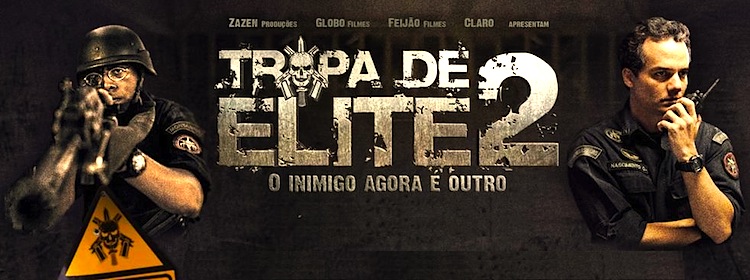By Joe Bendel. Religious extremism is a handy prism through which to view Mid East conflicts. However, it ignores one critical contributing cause of ever-escalating violence, at least according to the recent screen adaptation of Lebanese-Canadian Wajdi Mouawad’s stage play. While religious resentments are often a primary motivation, nothing trumps human nature and the downright Biblical desire for revenge. It’s that eye-for-an-eye cycle a Middle Eastern immigrant hopes to break with her last will and testament in Denis Villeneuve’s Academy Award nominated Incendies, which screened during the recently wrapped 2011 Sundance Film Festival.
Nawal Marwan, beloved employee of attorney and notary-public Jean Lebel, had secrets her grown son and daughter never suspected. An immigrant from an unnamed Middle Eastern country bearing a strong resemblance to Lebanon (particularly given its open warfare between Christian and Muslim militias), Jeanne and Simon assumed their father died during the civil war. Much to their surprise, at the reading of Marwan’s will, Lebel produces two letters handwritten by their late mother. One they are to deliver to their father, the other to their heretofore unknown brother.
At first, Simon refuses to play his mother’s game, leaving Jeanne to wrestle with their family intrigue alone. However, as she learns the extent of her mother’s past, including involvement with a shadowy Muslim warlord and a long stint in a notorious Christian militia prison, Simon reluctantly joins her, with the faithful Lebel in tow.

Perhaps the most fascinating aspect of Incendies is the slipperiness of various characters’ loyalties. Though raised a Christian, Nawal Marwan throws her lot in with the Muslim militia after witnessing a Christian atrocity. Likewise, a critical mystery man changes sides at least twice, seemingly just to facilitate various plot turns.
Indeed, Incendies has a monster of a twist that viewers probably will not recognize until Villeneuve commences the film’s big reveal. It depends on a very tight timeline though, which just barely holds up to post-screening scrutiny. Frankly, given the importance of dates, Mélissa Désormeaux Poulin and Maxim Gaudette, though otherwise convincing in the roles, look at five or ten years too old as the grown Marwan children. Yet Villeneuve pulls it off through sheer cinematic power.
While Incendies might sound like typically didactic Mid East agitprop, it really is more about the personal than the political. In fact, neither Israel nor America are ever mentioned at all. Instead, it is about the grubby, up-close-and-personal hatreds and resentments that define such skirmishes. At one point, the Marwans are advised to seek out a former militia leader for information, because warlords have long memories. Point taken.
If not exactly subtle filmmaking, Incendies delivers visceral drama. Oddly, it also serves as a tribute to the noble calling of notaries through Rémy Girard’s richly realized supporting turn as Lebel. A suitably sweeping package, cinematographer André Turpin adeptly captures the rough beauty of the landscape, while the euro-pop influenced sound track sounds somewhat out-of-place, but is evocative nonetheless. A bold, messy, and totally engrossing film, Canada’s Incendies is one of the better nominees for the best foreign language Oscar and a worthy selection of this year’s Sundance Film Festival.
Posted on February 2nd, 2011 at 9:48am.






